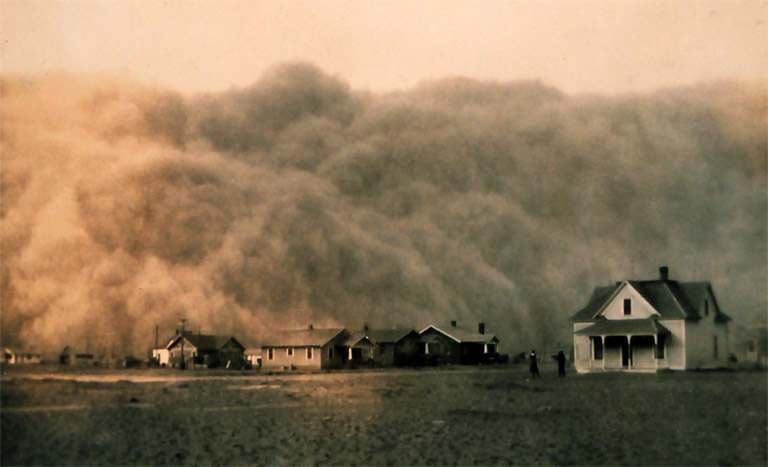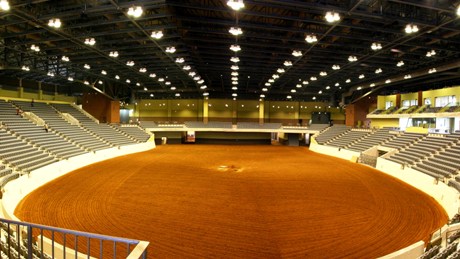
Whether you’re a trainer, rider, or superintendent, you want the arena to be as dust free as possible. The only way to do this is to look to a quality riding arena sand mix or blended equestrian footing. Not only will this keep the facility looking professional, but you’ll also avoid those major health concerns. More than the importance of saving money is the health and well-being of everyone involved in your arena.
The condition of your riding arena sand is critical to the health and safety of your riders (and their horses) In fact, there are many, many reasons to keep the dust at bay. Here are the top five.
Healthy riding arena sand means healthy riders
No one wants to be exposed to more dust than they have to be. Dust irritates the eyes, throat and nasal passages, exacerbating conditions like asthma. This goes for the horses as well as the riders. Long term exposure can lead to persistent conditions like chronic pulmonary obstructive disease (COPD) or a respiratory disease called silicosis. This is absolutely the number one reason for quality arena sand footing.
Watering for dust control
The only way to control excessive dust is to water the surface. But too much watering can damage the riding arena sand footing, causing it to puddle more often, take more time to drain properly and ultimately take away from training time. Also, if the footing becomes compromised by overwatering, there’s a higher risk of injury to the horse and rider.
Lower maintenance costs
The more dust, the more water it takes to control it. Maintenance costs for a dusty arena are high for this reason. Rather than having a few days of great training, you have to stop midway through the day and water the footing. This takes time, and time is money in equestrian training.
Poor riding arena sand increases fuel and labor costs
Related to the above issue, you have to pay someone to water the footing, and this isn’t as simple as hosing it down. Since you’ll be using ATVs or other custom sprayers to water the footing, all of which run on fuel, you’ll be spending money on fuel every time you have to water. The more dust in the arena, the more fuel it takes to control it.
Less dust = Greater cleanliness
That dust has to settle somewhere, and it’s not very picky. On your clothes, on the horse, on the railing, pretty much any available surface will do. That means that once it’s there, you have to clean it. Having a dust-free arena will save you the time and annoyance of maintenance and help you spend more time managing and training horses.
Let us help you choose the best riding arena sand
Contact us today to learn more about our riding arena sand and equestrian footing today. We’ve been supplying quality arena products to Gainesville and Atlanta GA and the surrounding areas for 18 years with proven results.

